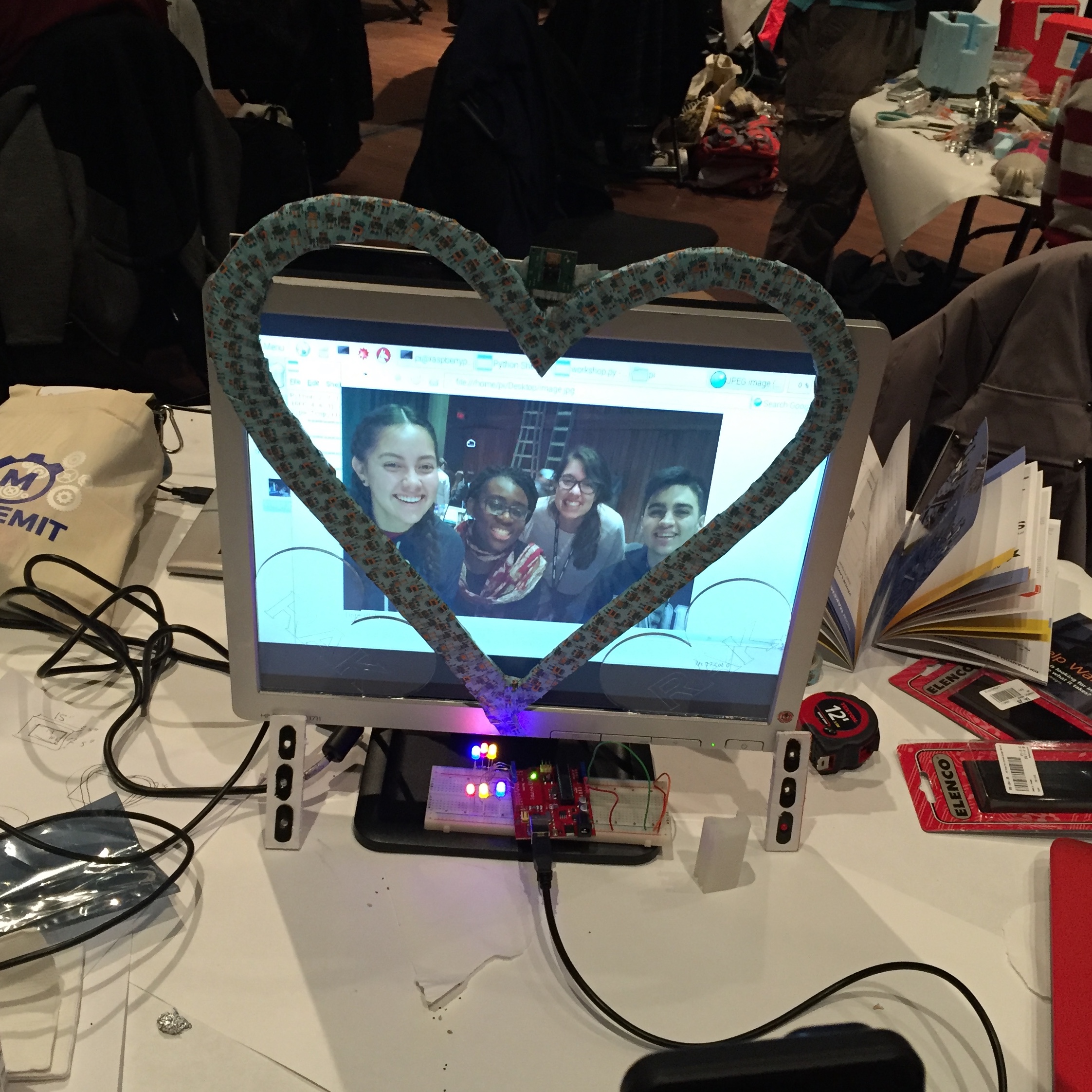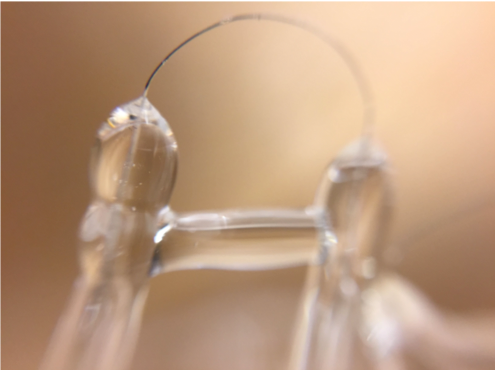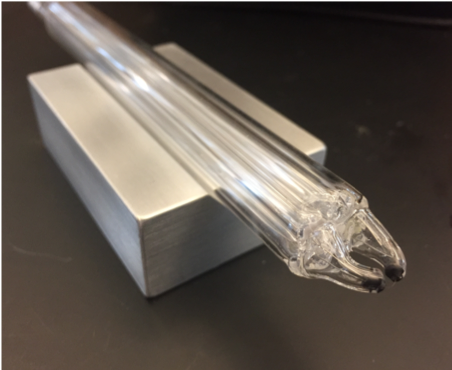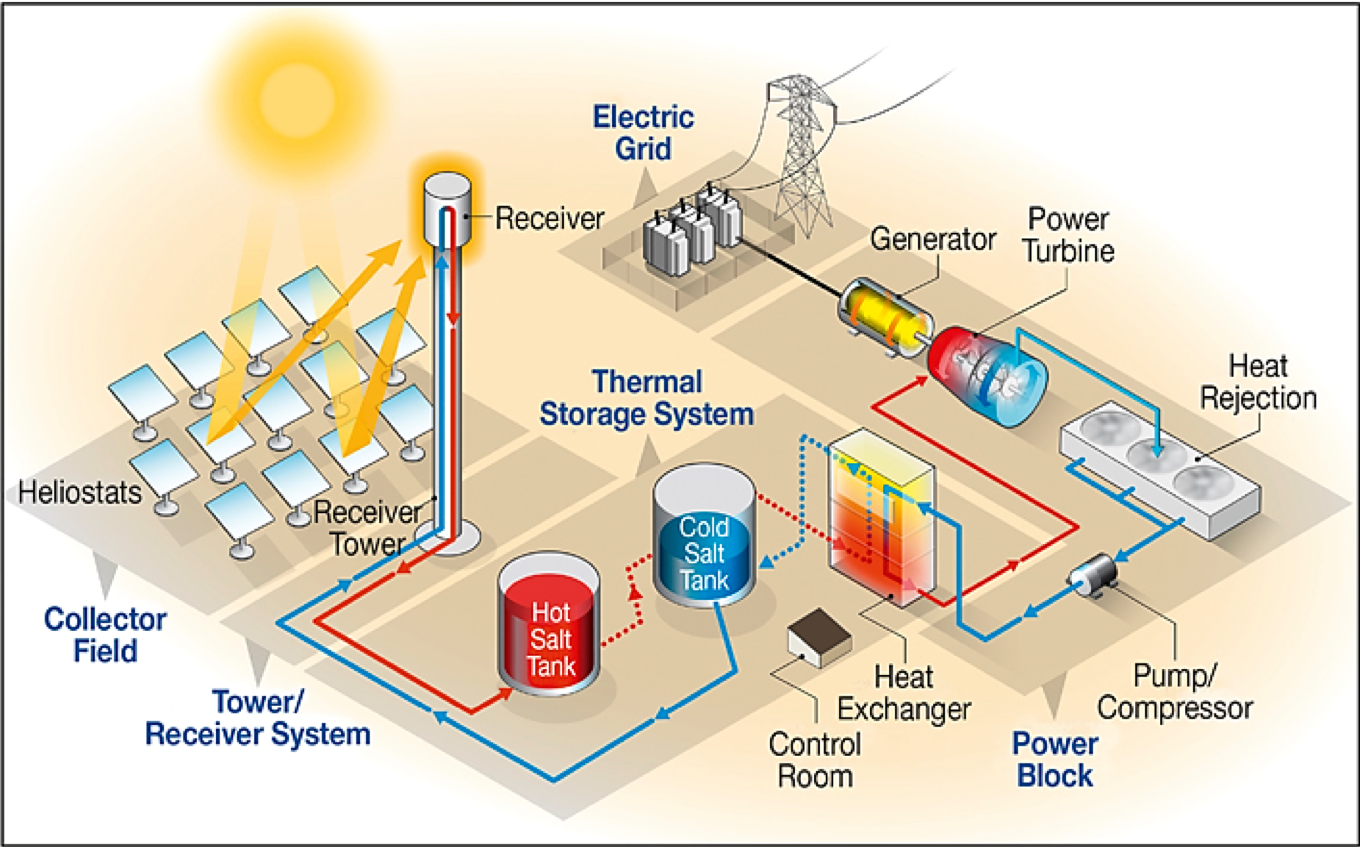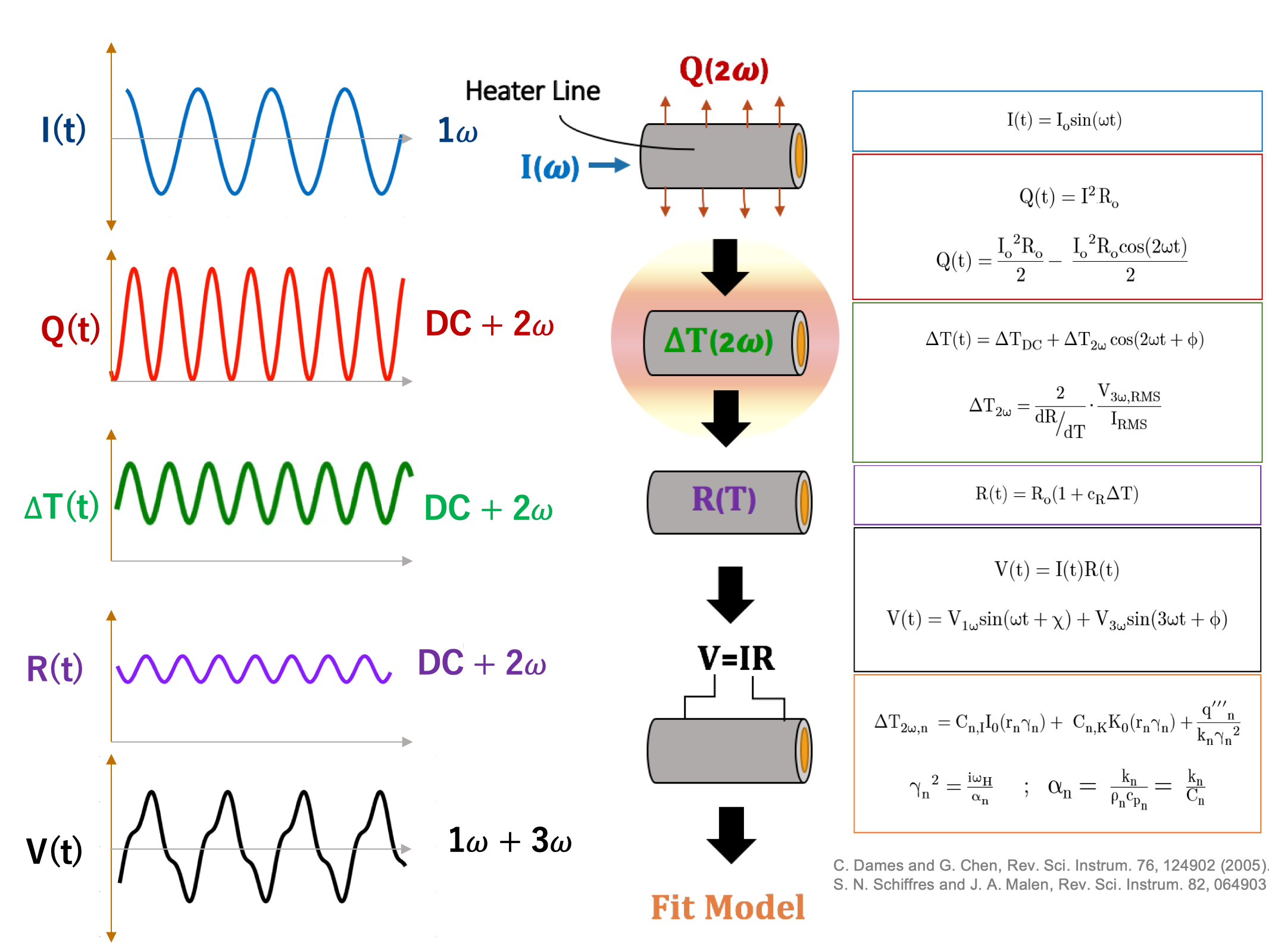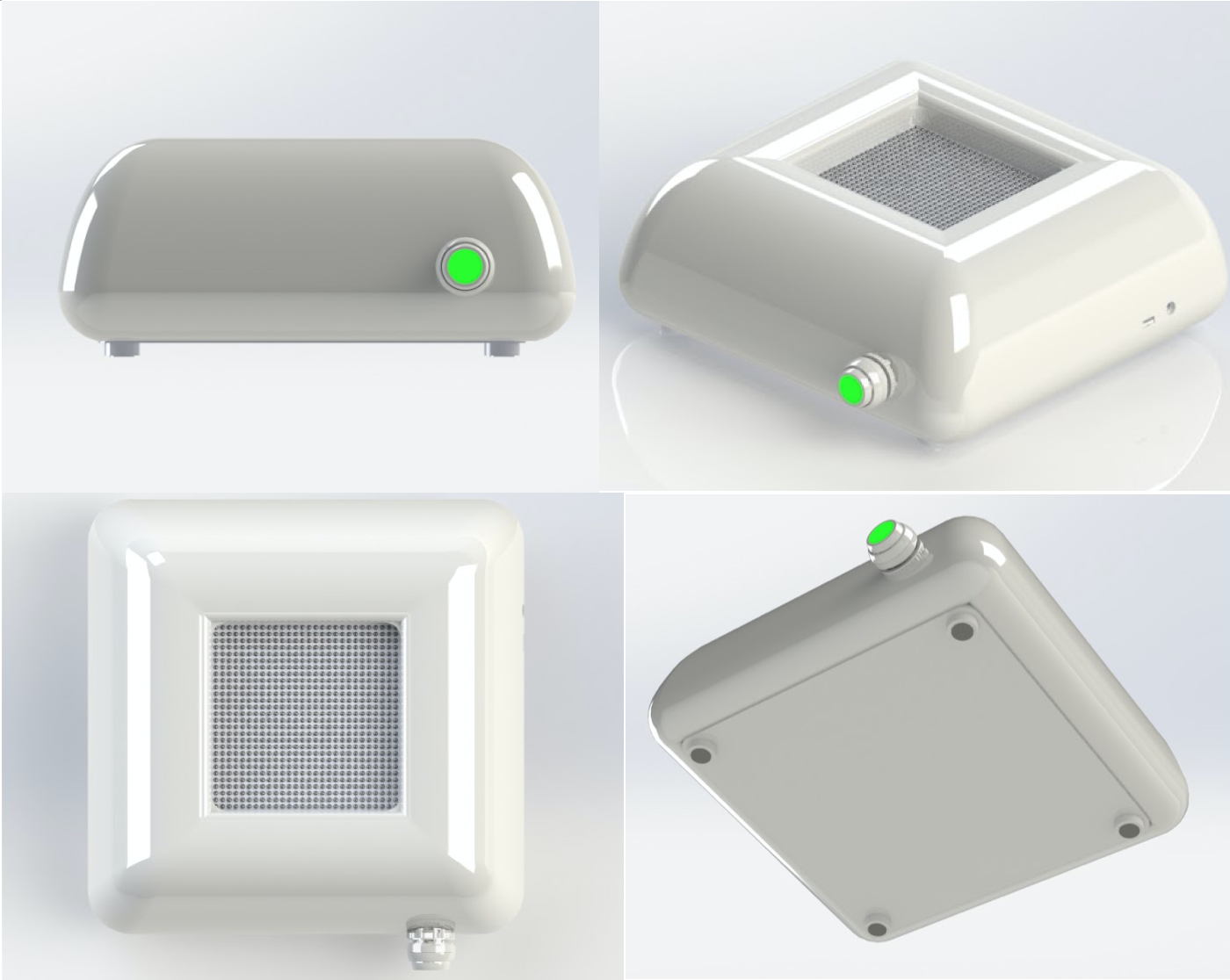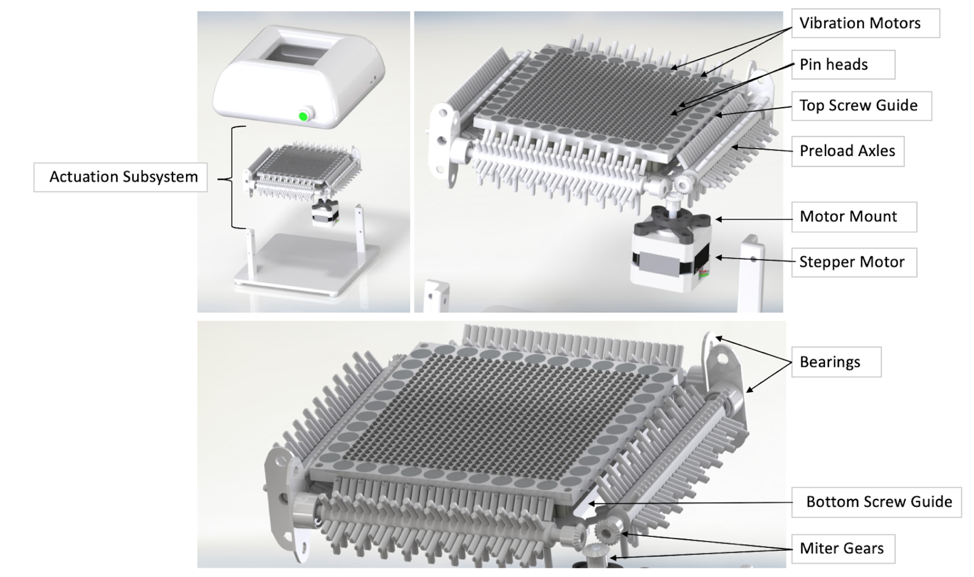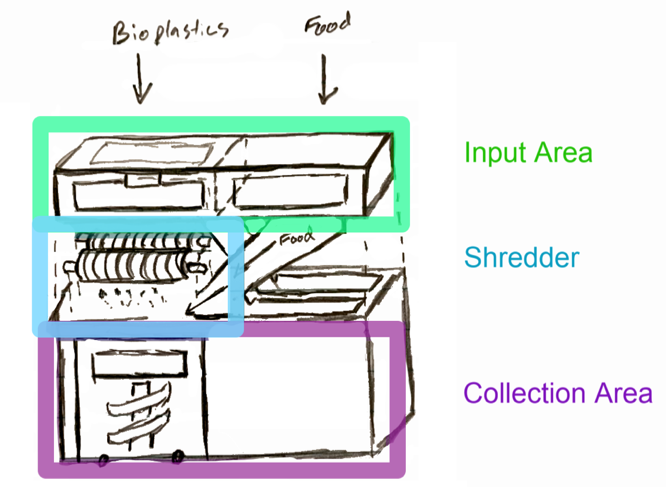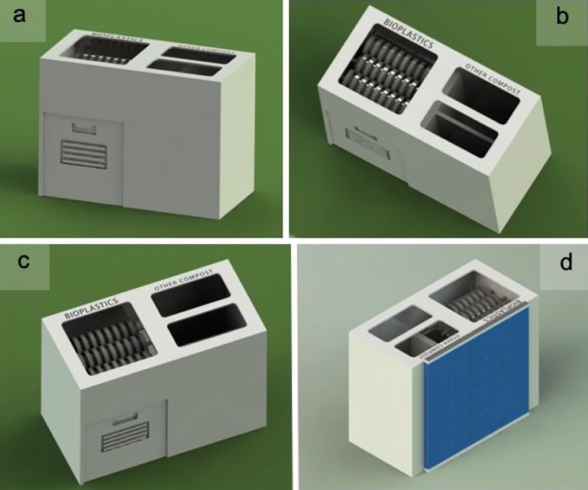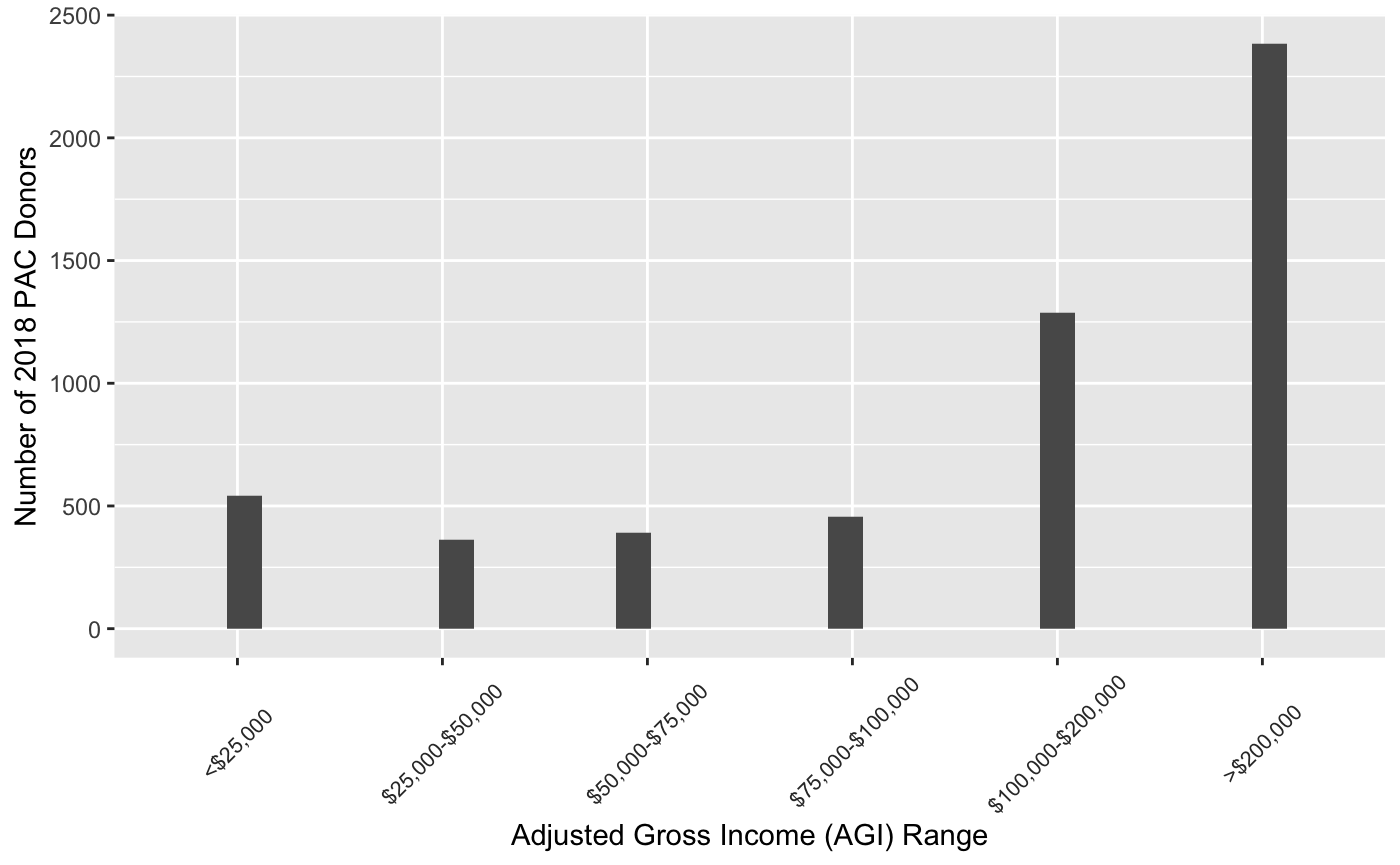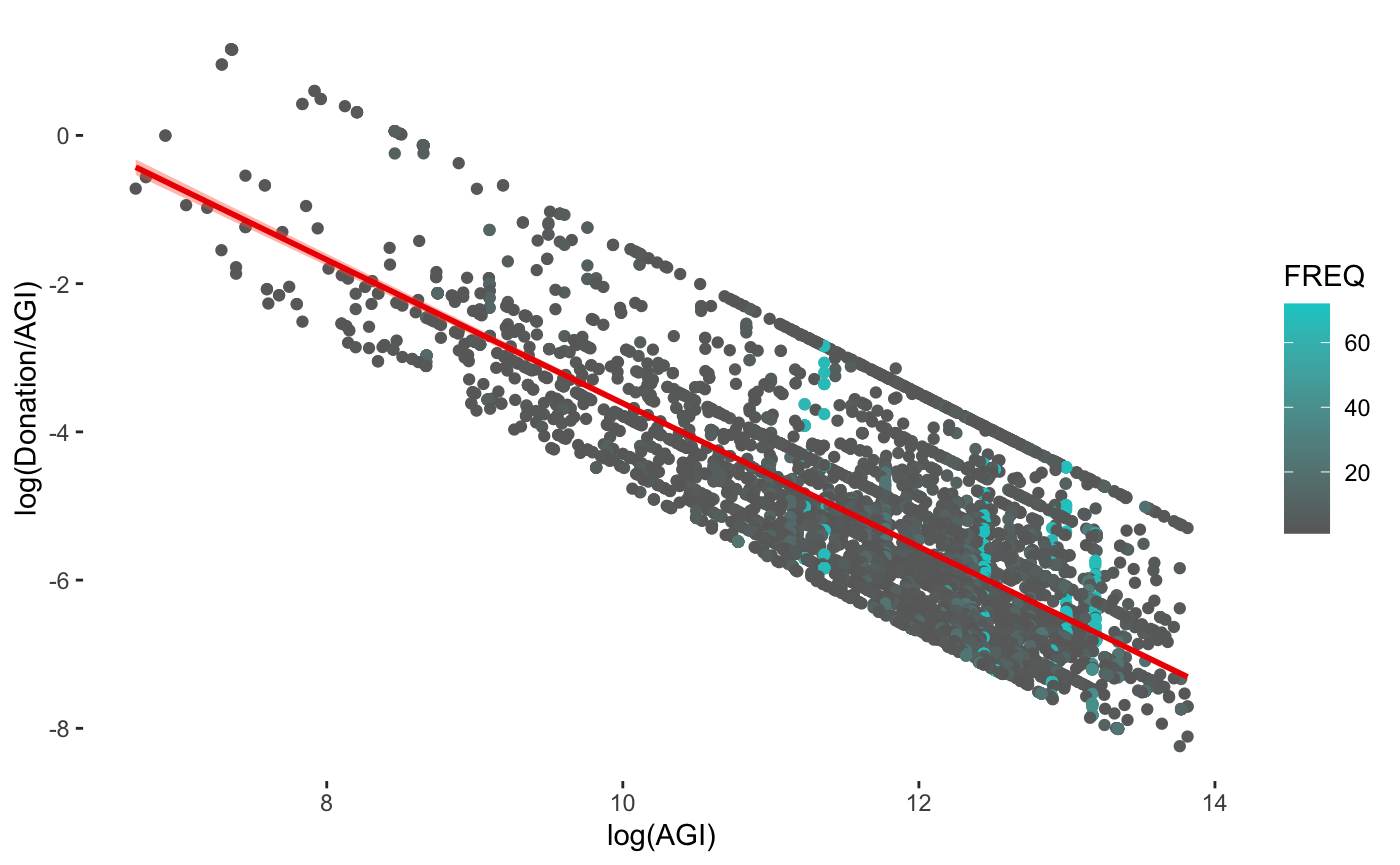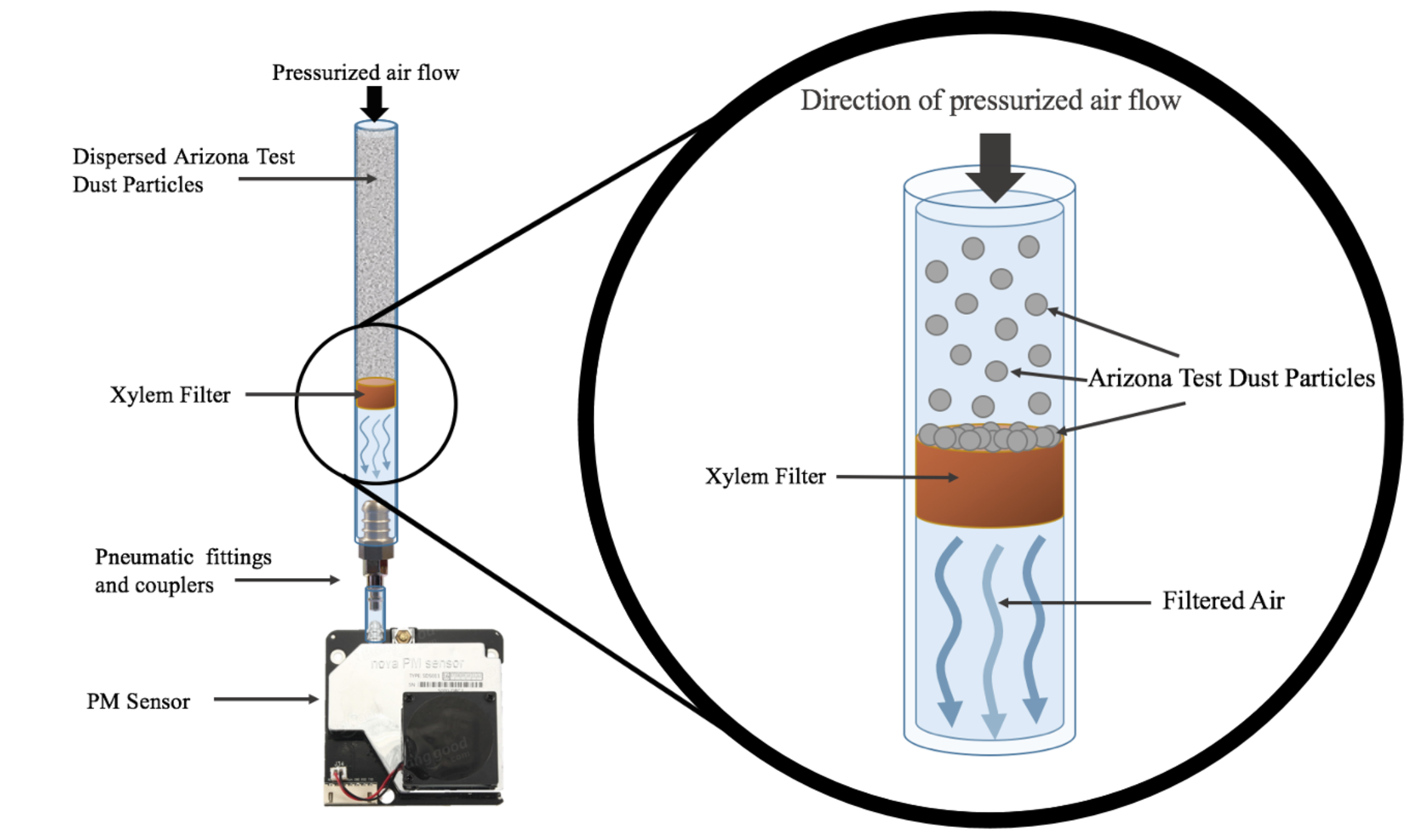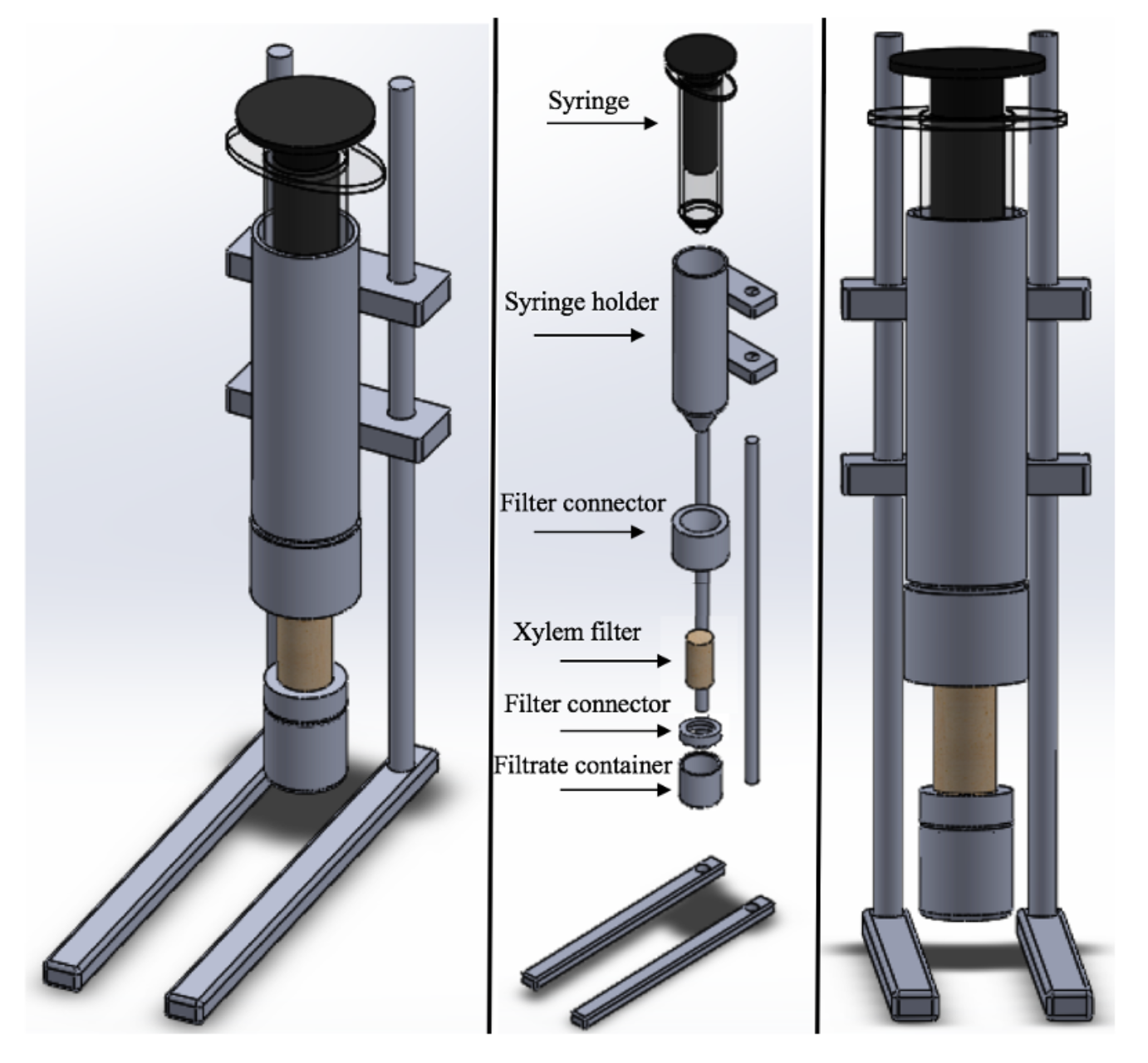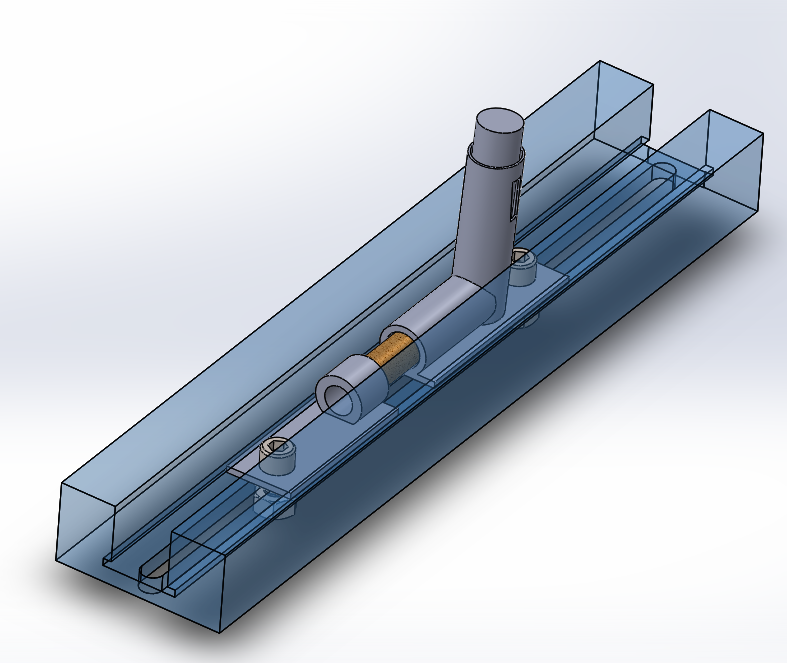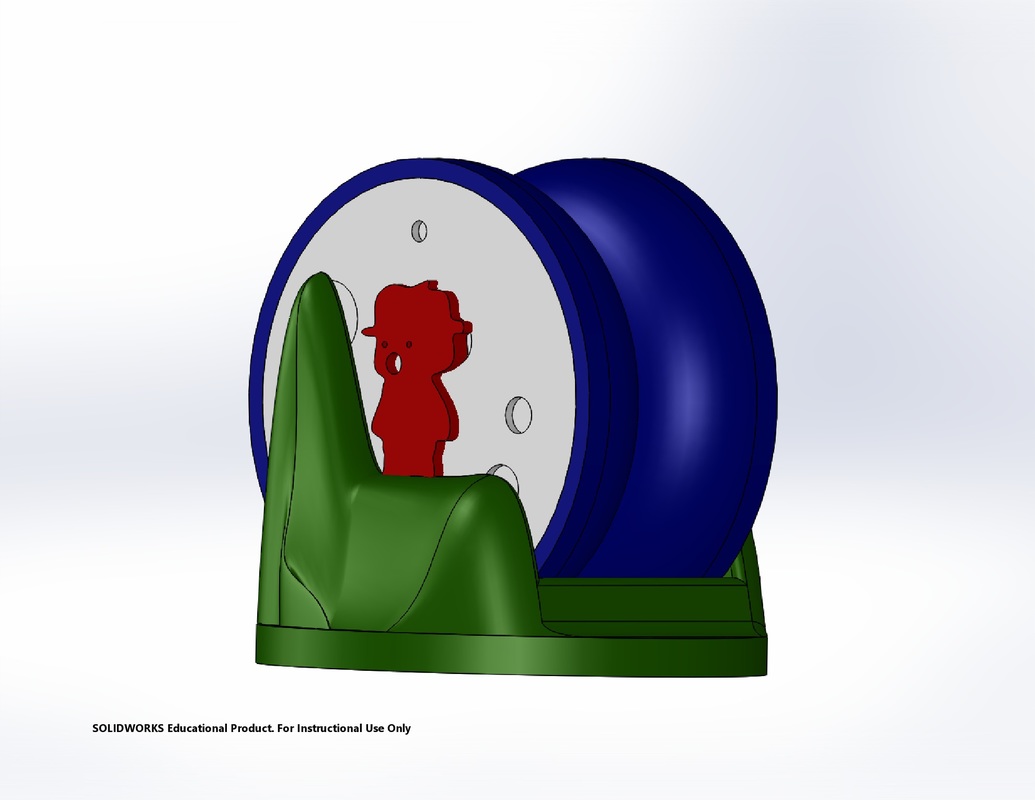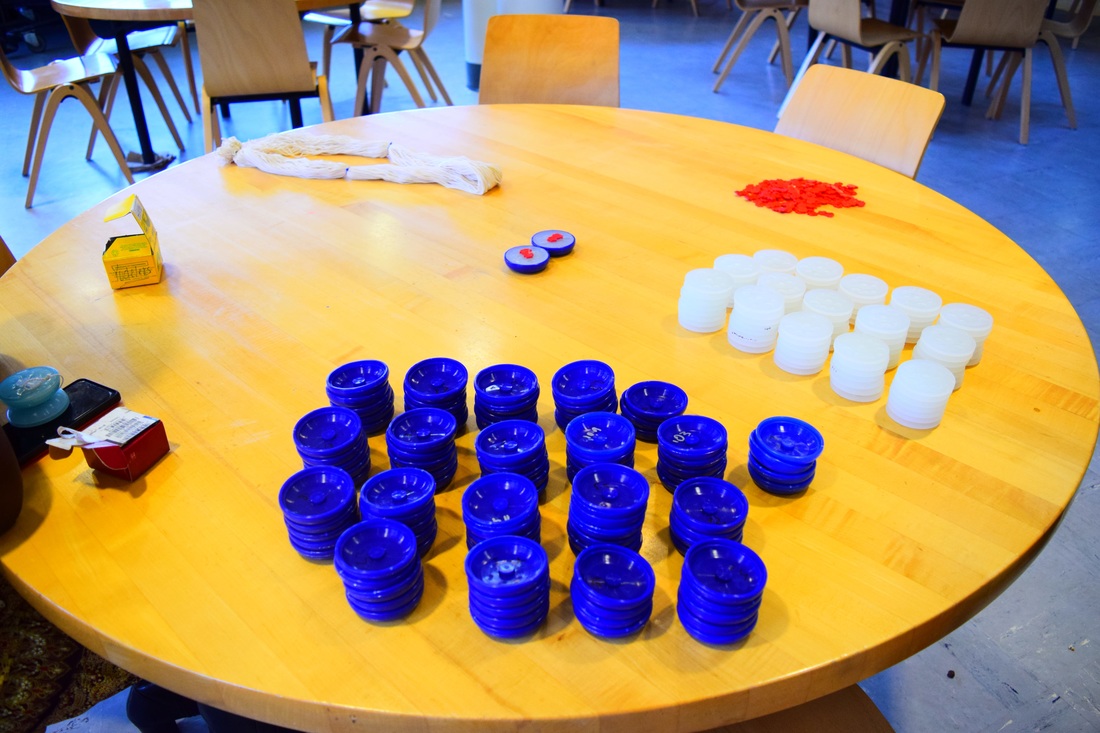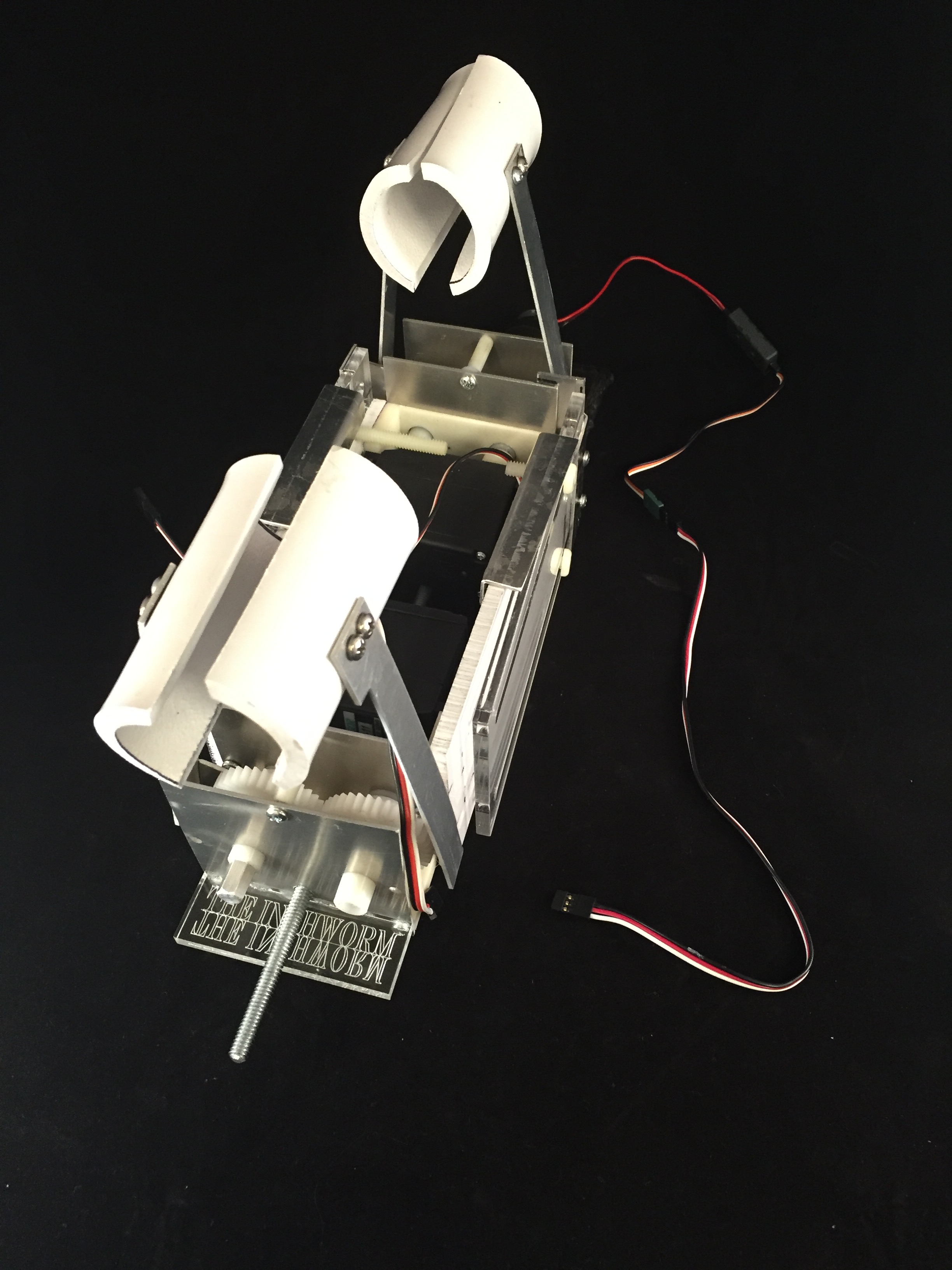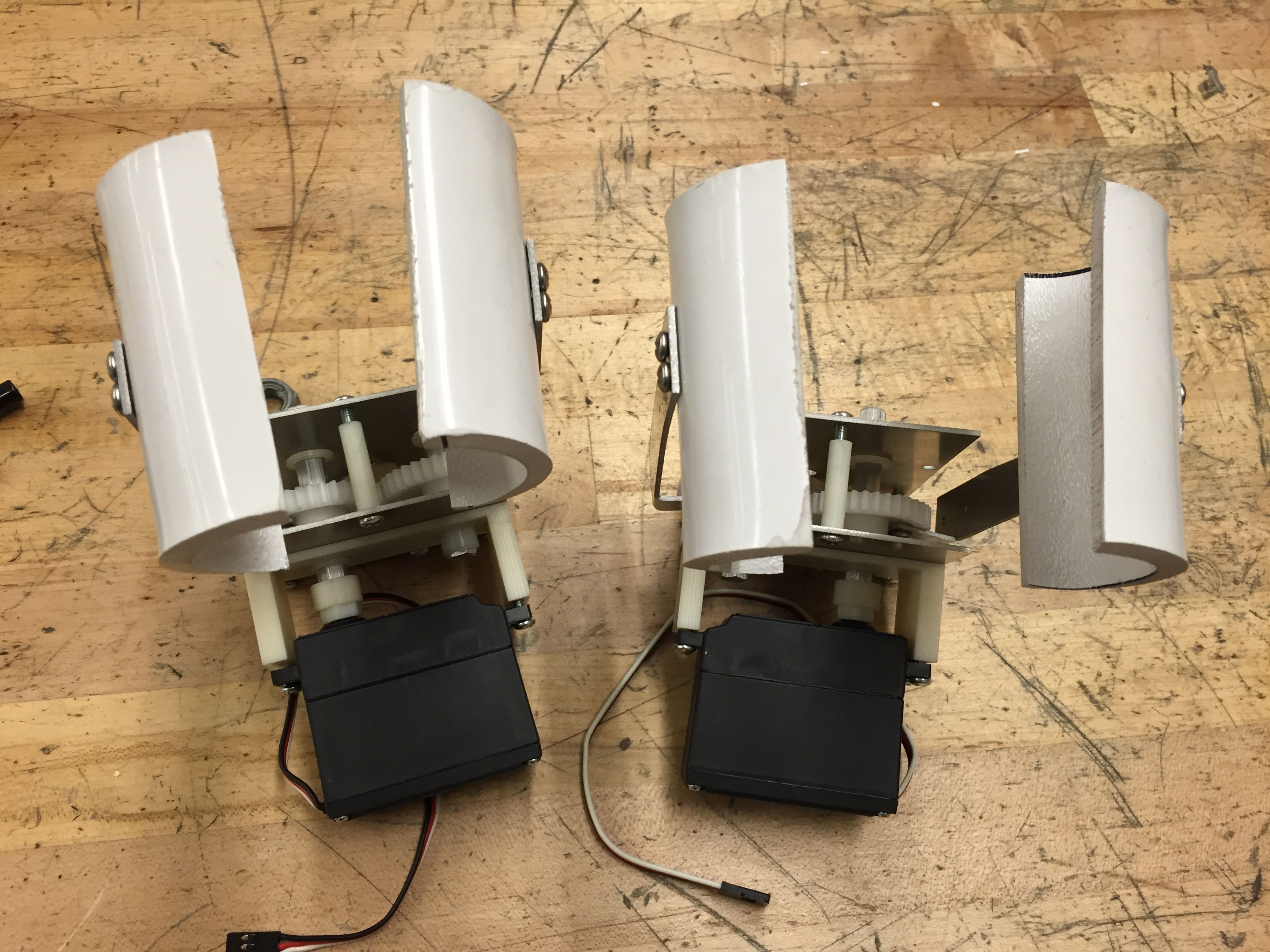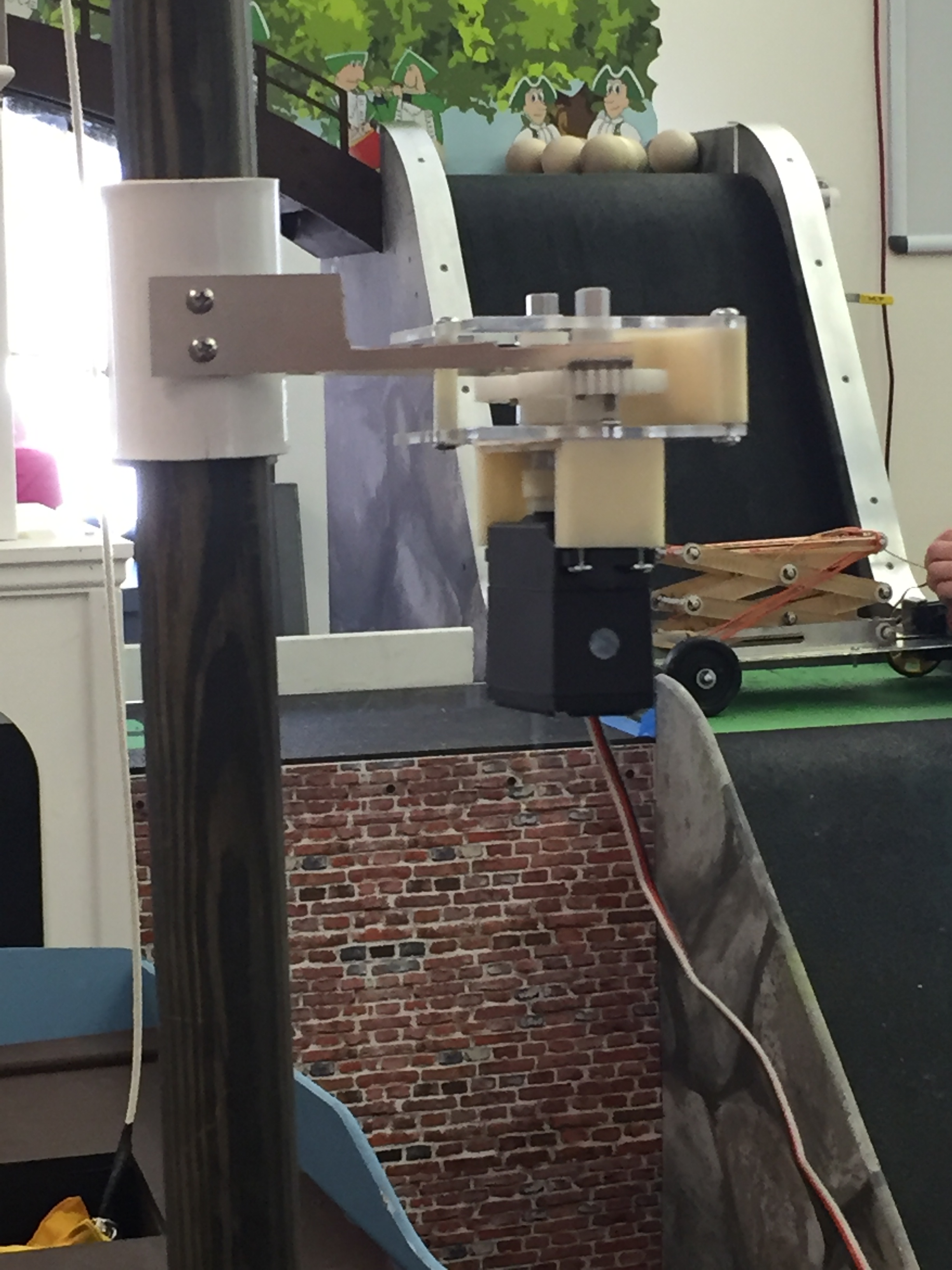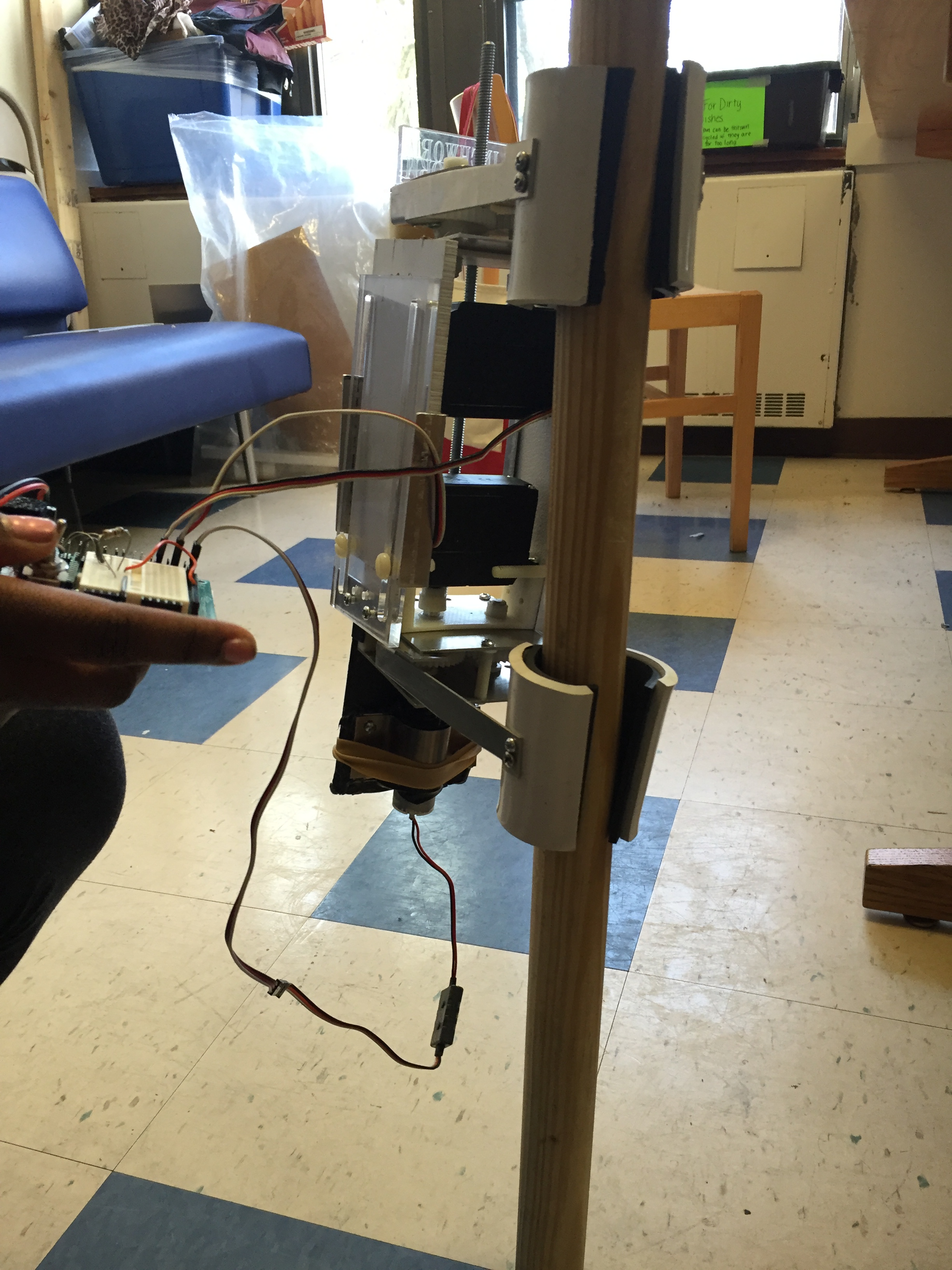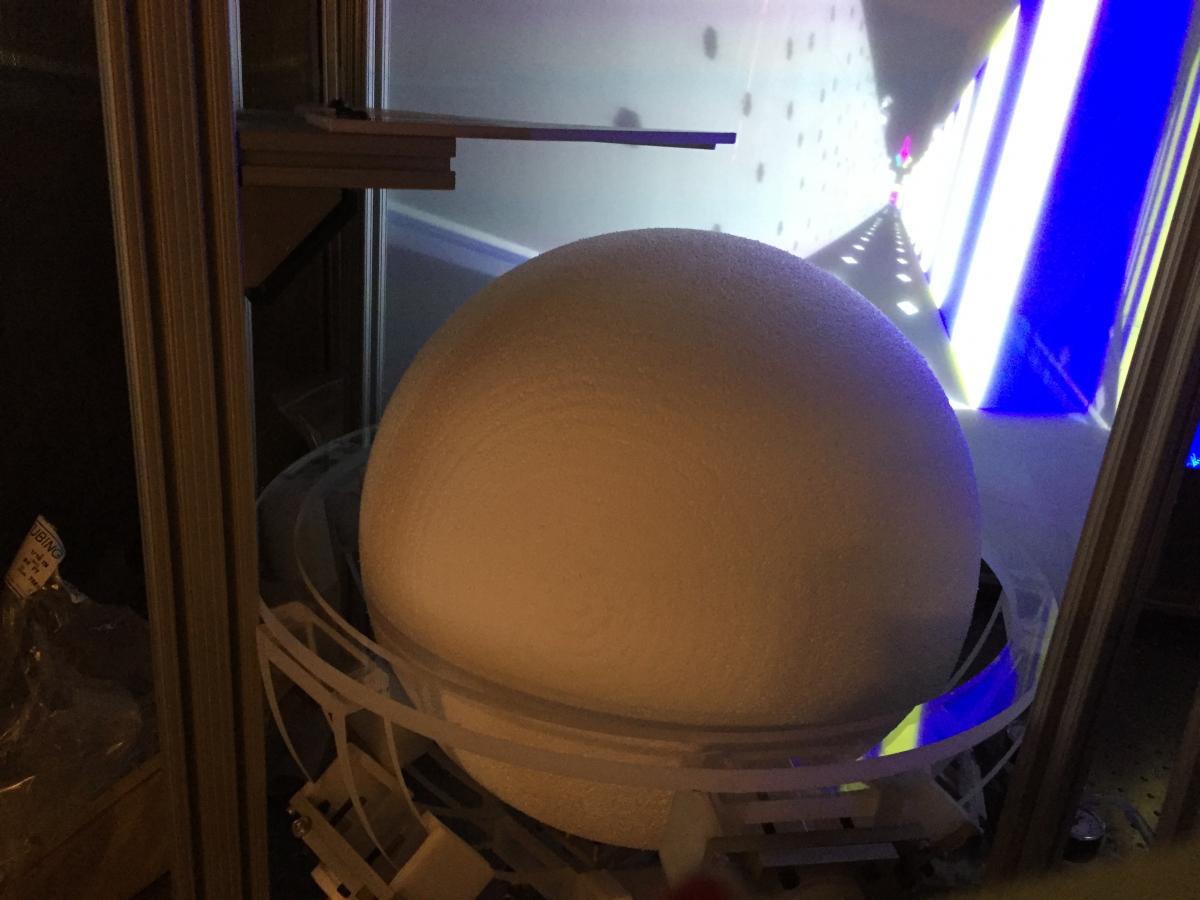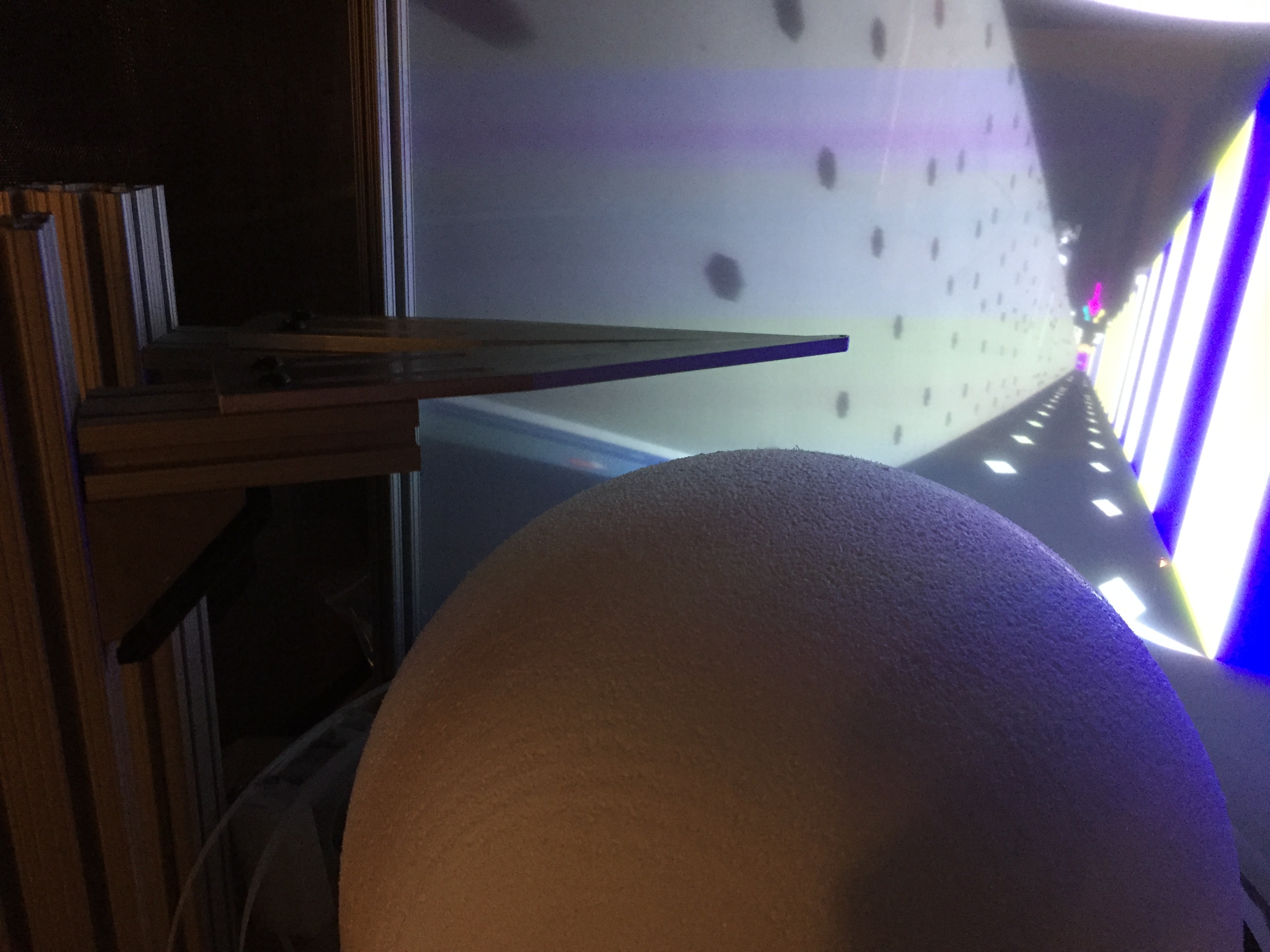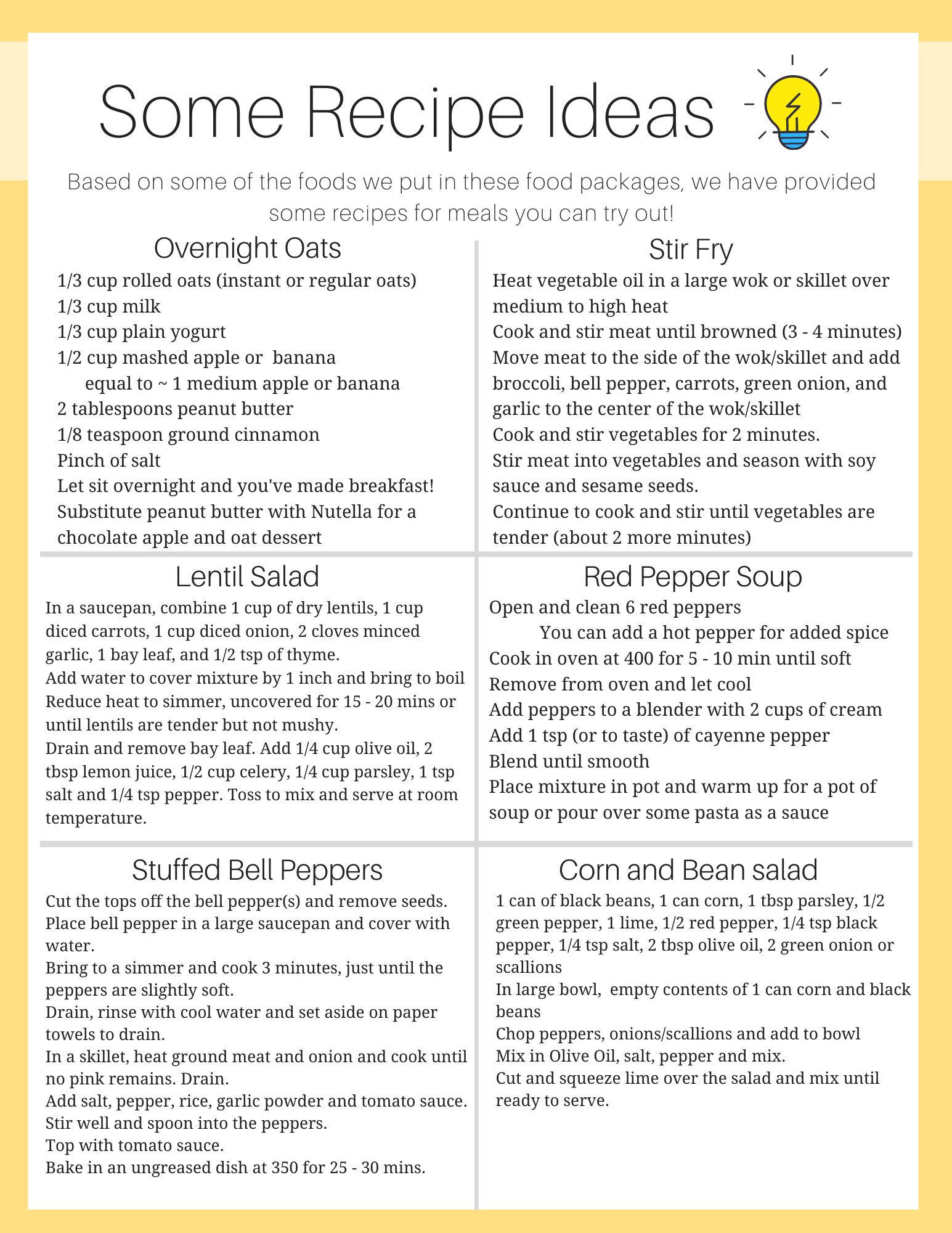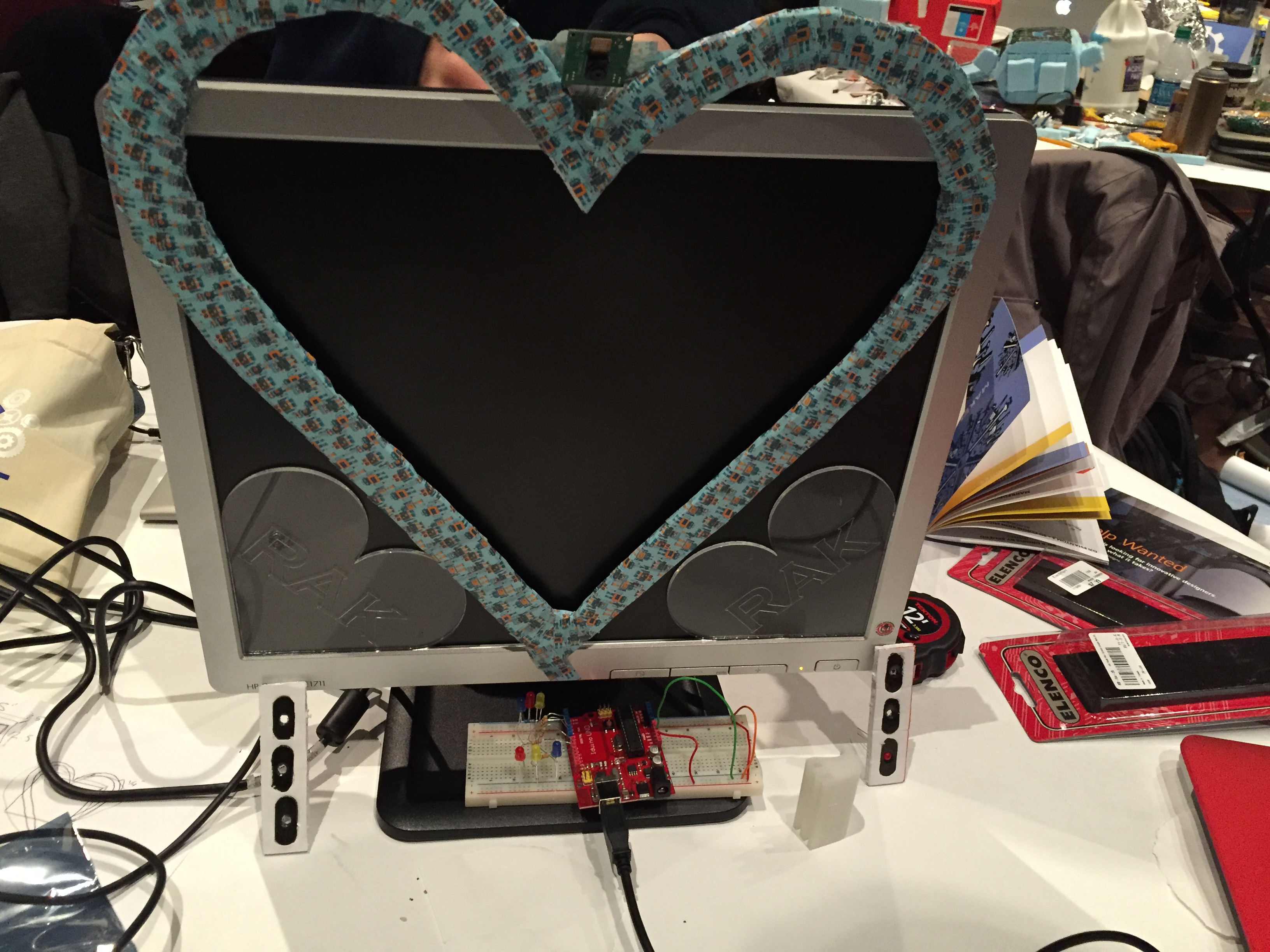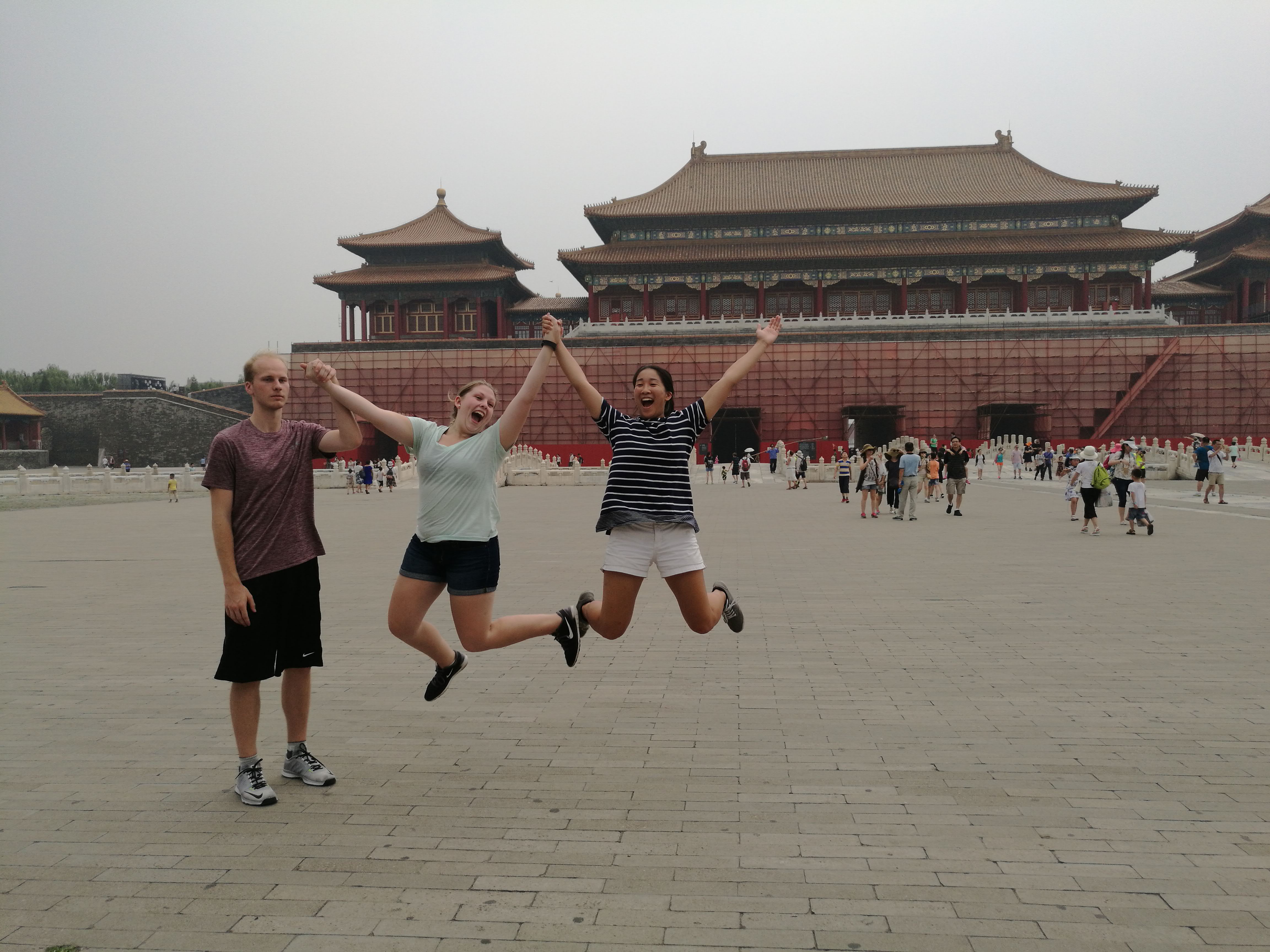Projects
During my time at MIT and Georgia Tech, I worked on several projects and initiatives. These projects have spanned from robotics and hack-a-thons to community initiatives and equity-focused work. Although the projects discussed on this page are diverse in nature, I tend to have interests in engineering, humanitarian and policy-focused work, so each project will fall under one or more of those categories. Quite a few of these projects were recently started and are still ongoing. See more below!
Graduate Projects
Technical Work
Passion Projects
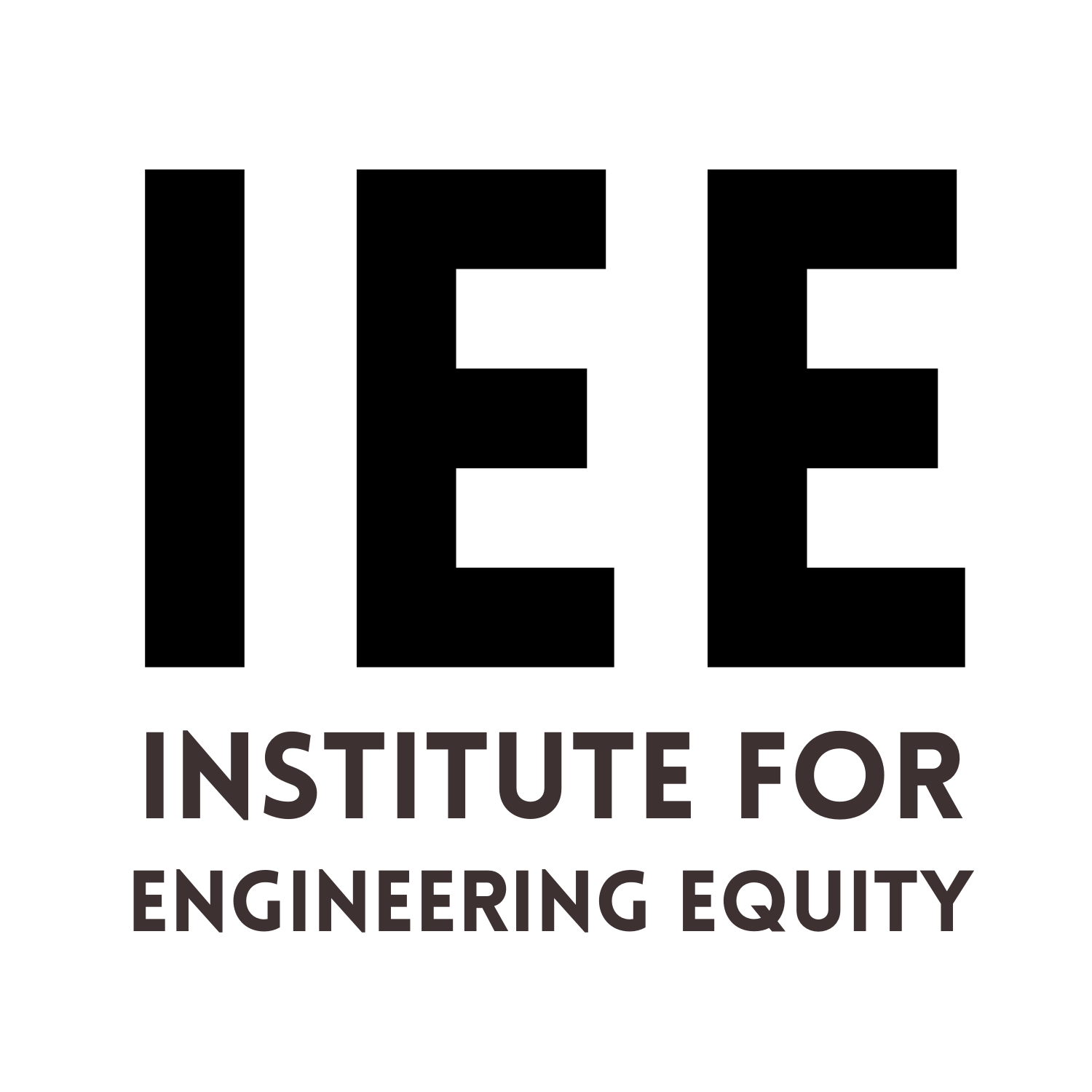 Institute for Engineering Equity (IEE)
Institute for Engineering Equity (IEE)
 Quantifying Power
Quantifying Power
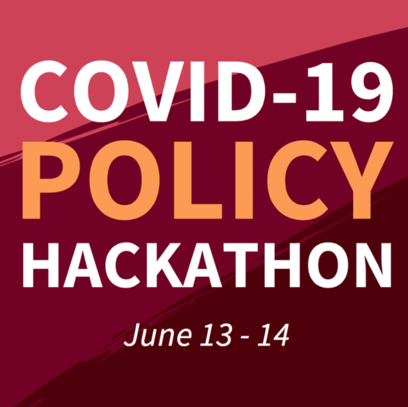 COVID-19 Policy Hackathon
COVID-19 Policy Hackathon
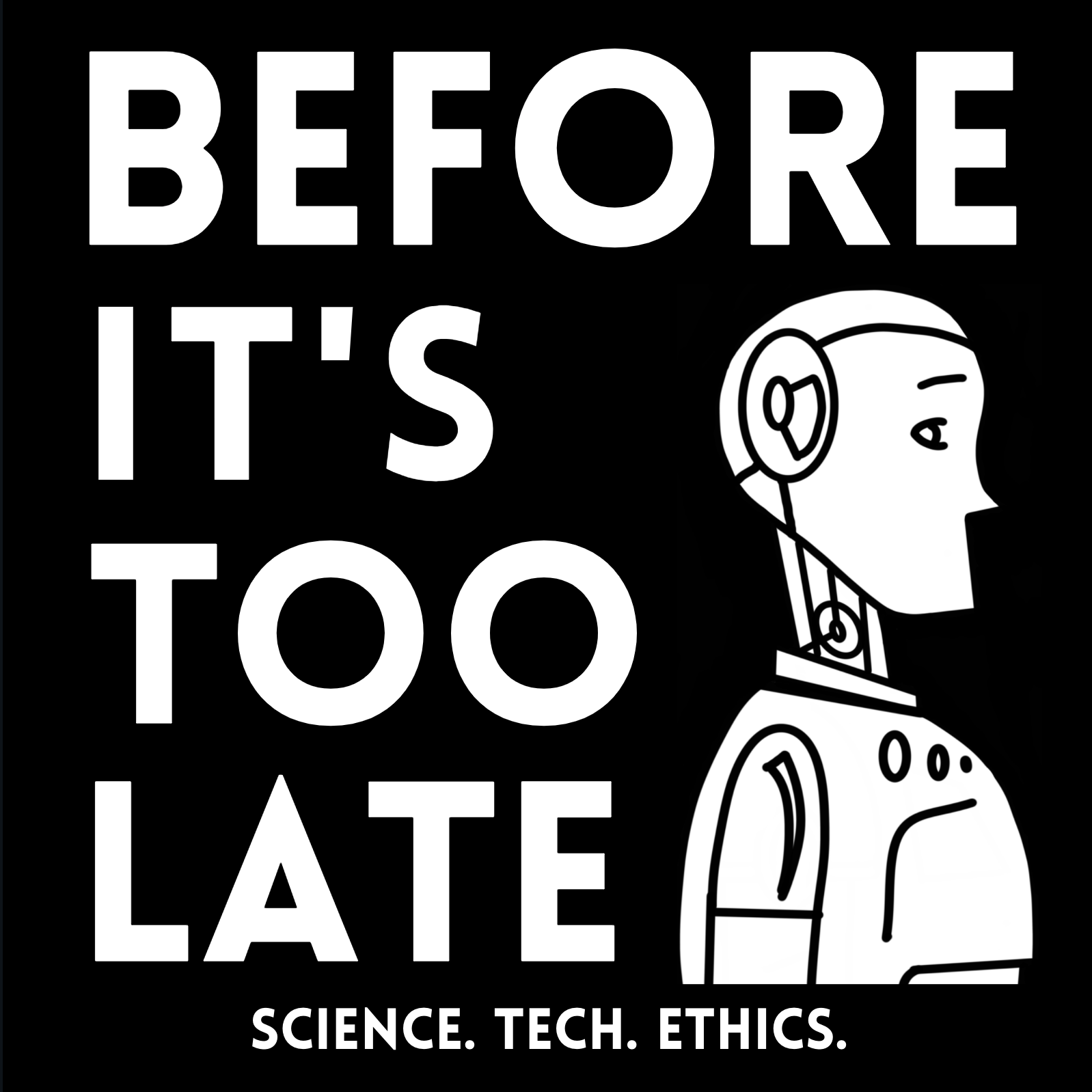 My Podcast (Coming Soon)
My Podcast (Coming Soon)
Undergraduate Projects
Technical Work
Passion Projects
Passion Projects
 Institute for Engineering Equity (IEE)
Institute for Engineering Equity (IEE)
 Quantifying Power
Quantifying Power
 COVID-19 Policy Hackathon
COVID-19 Policy Hackathon
 My Podcast (Coming Soon)
My Podcast (Coming Soon)
Undergraduate Projects
Technical Work
Passion Projects
Institute for Engineering Equity (IEE)
Quantifying Power
COVID-19 Policy Hackathon
My Podcast (Coming Soon)




